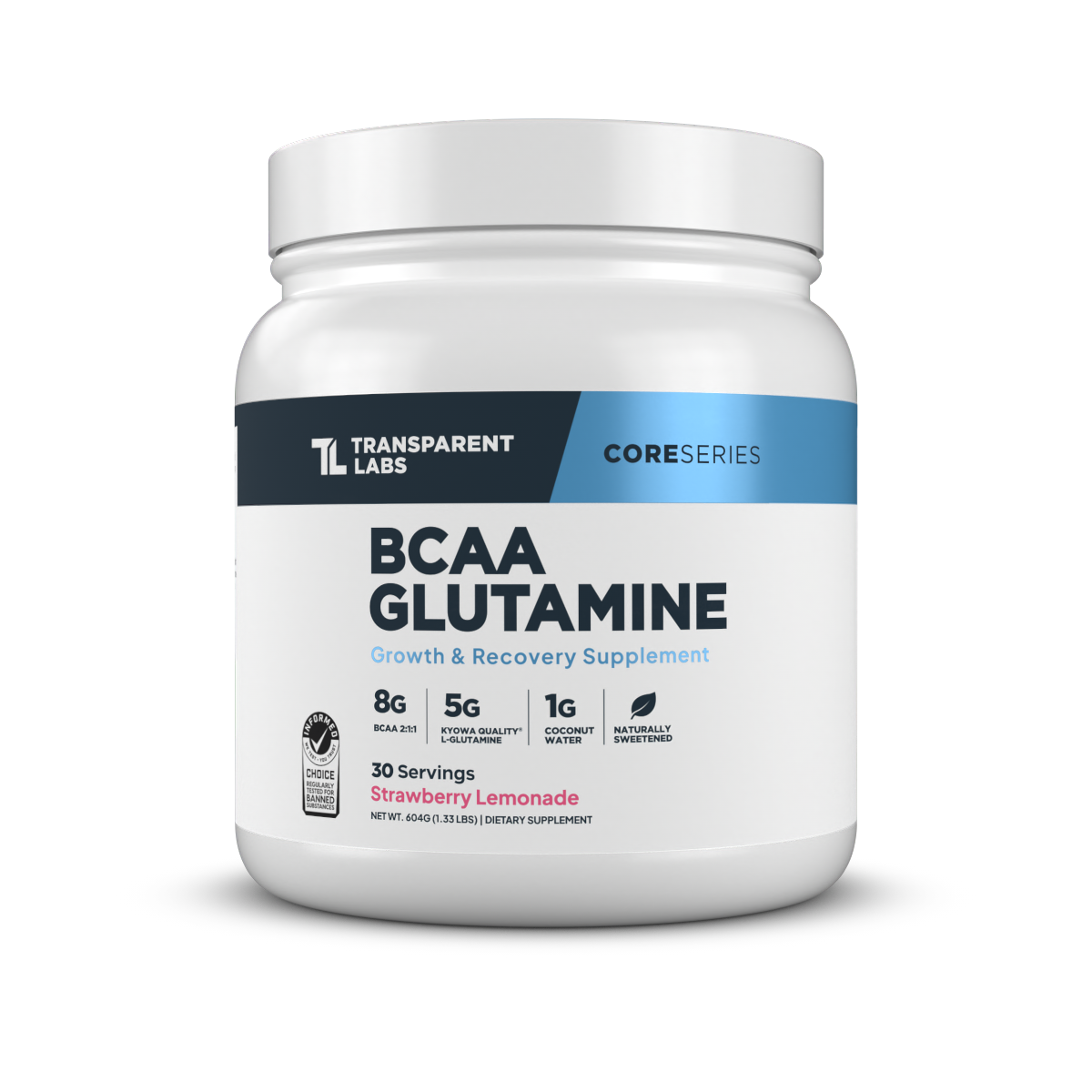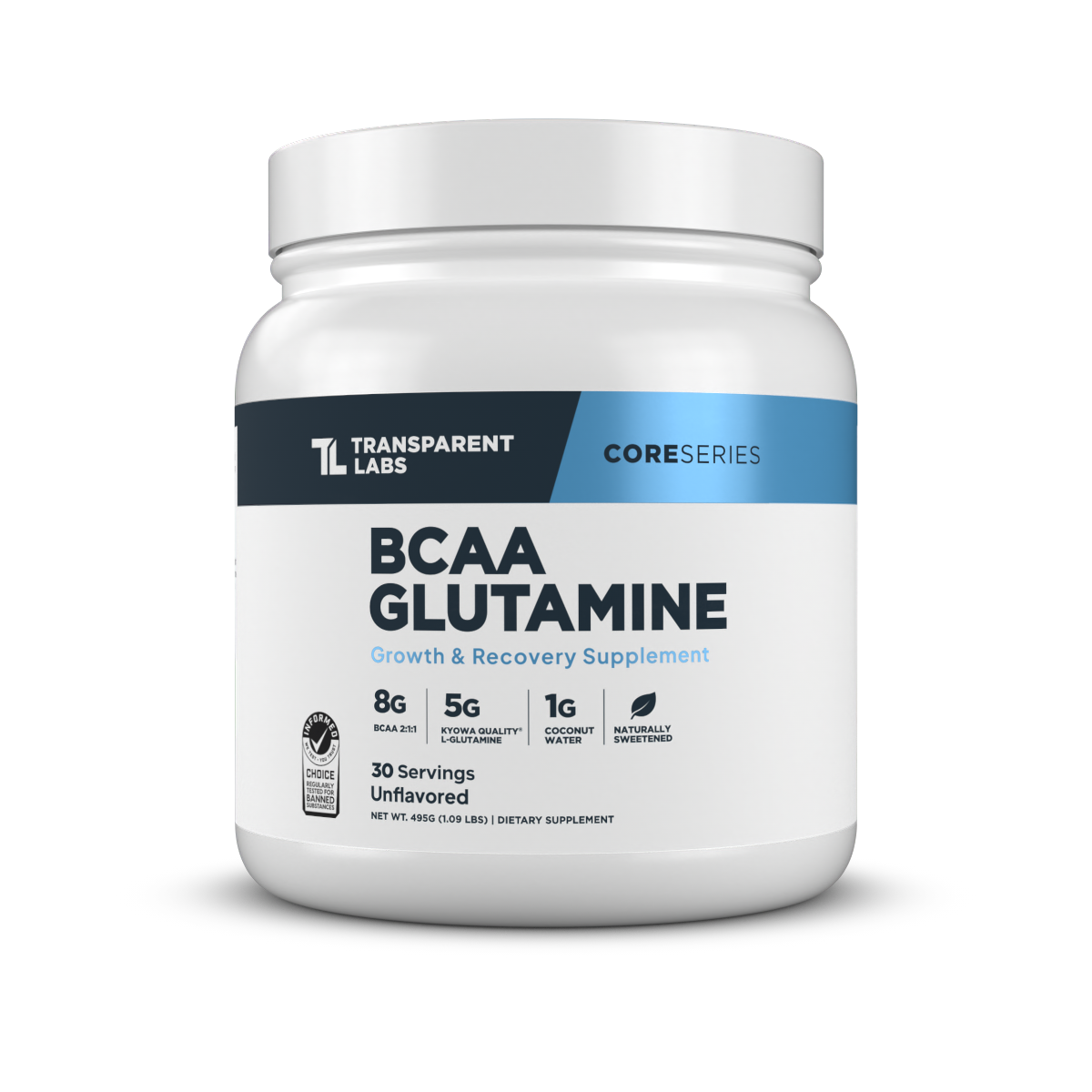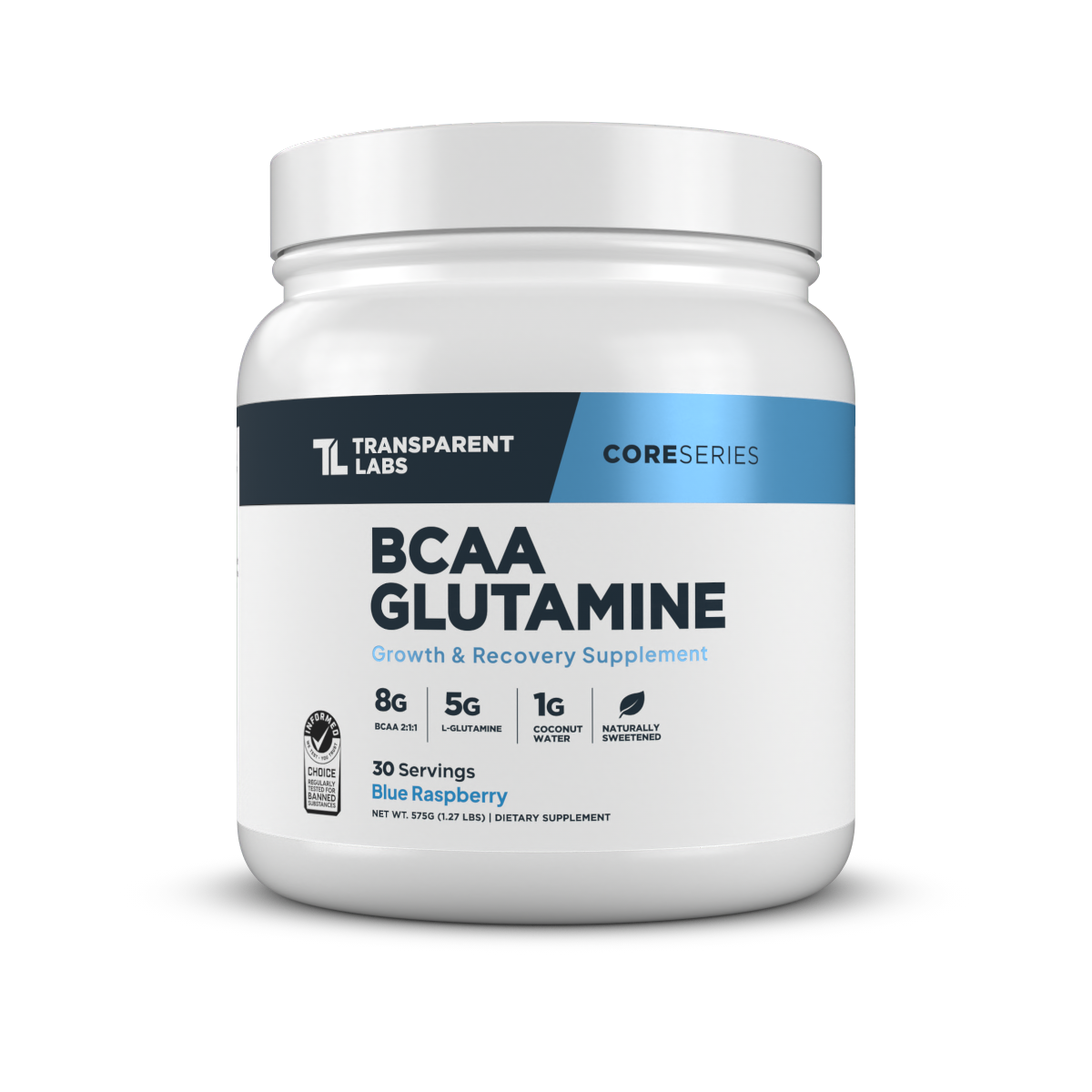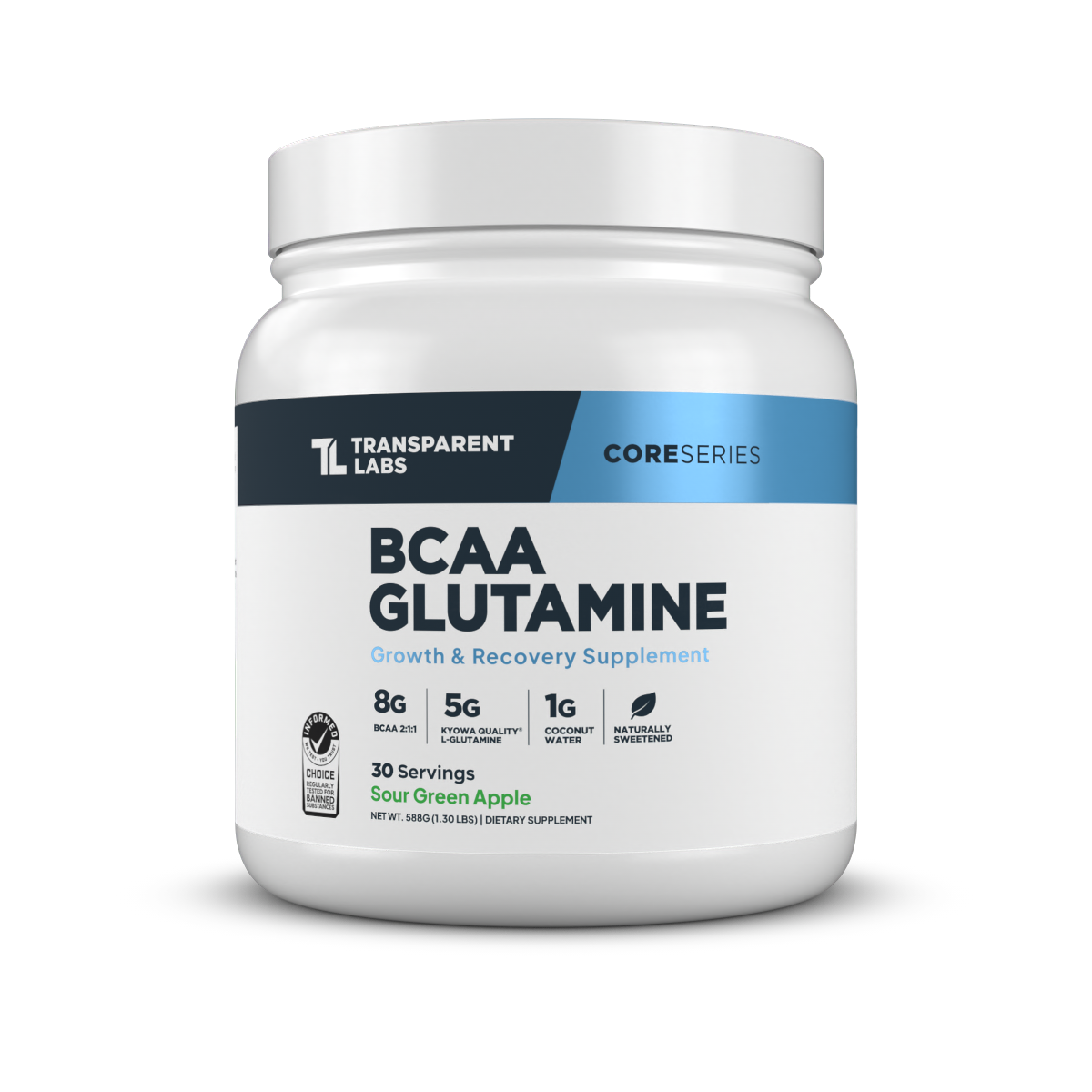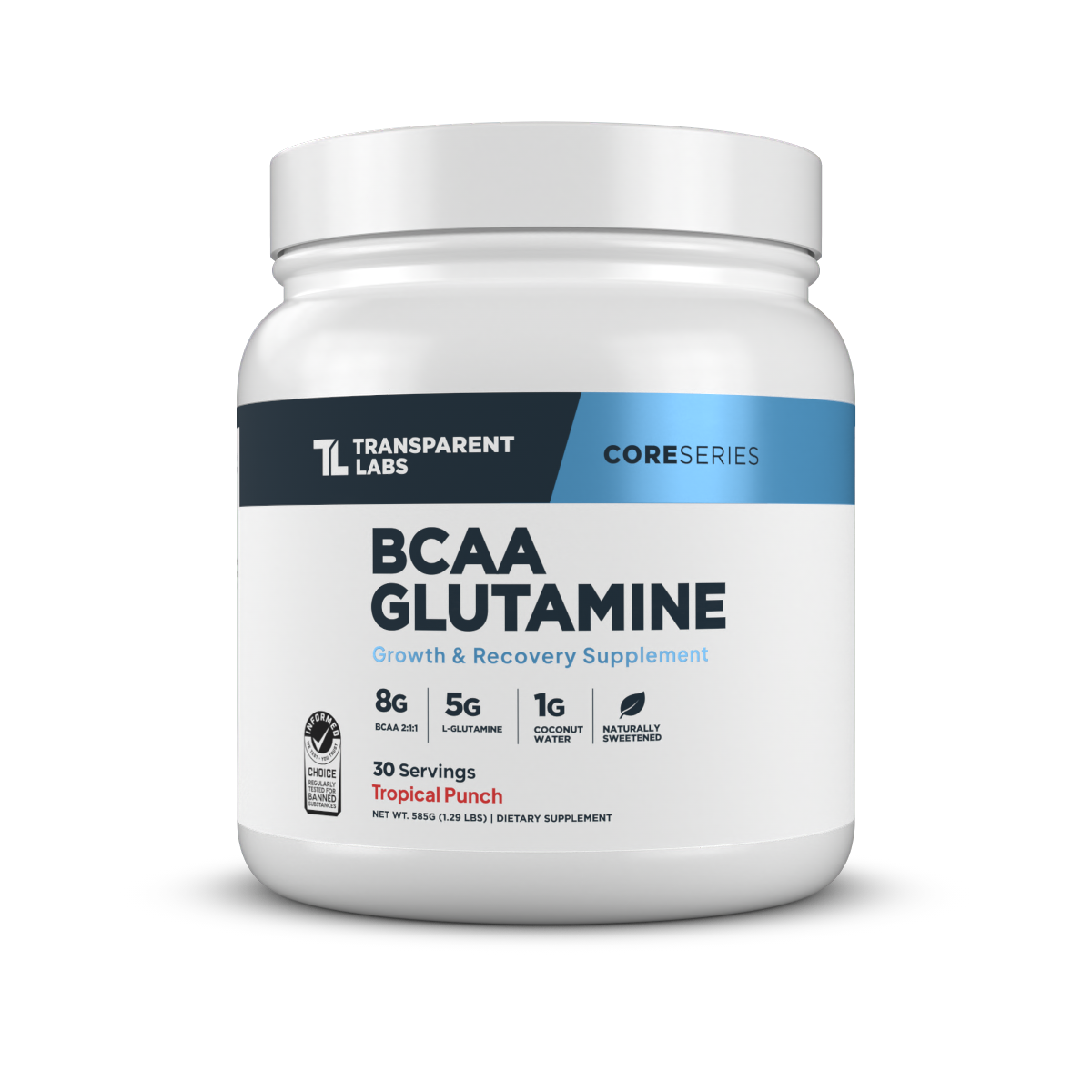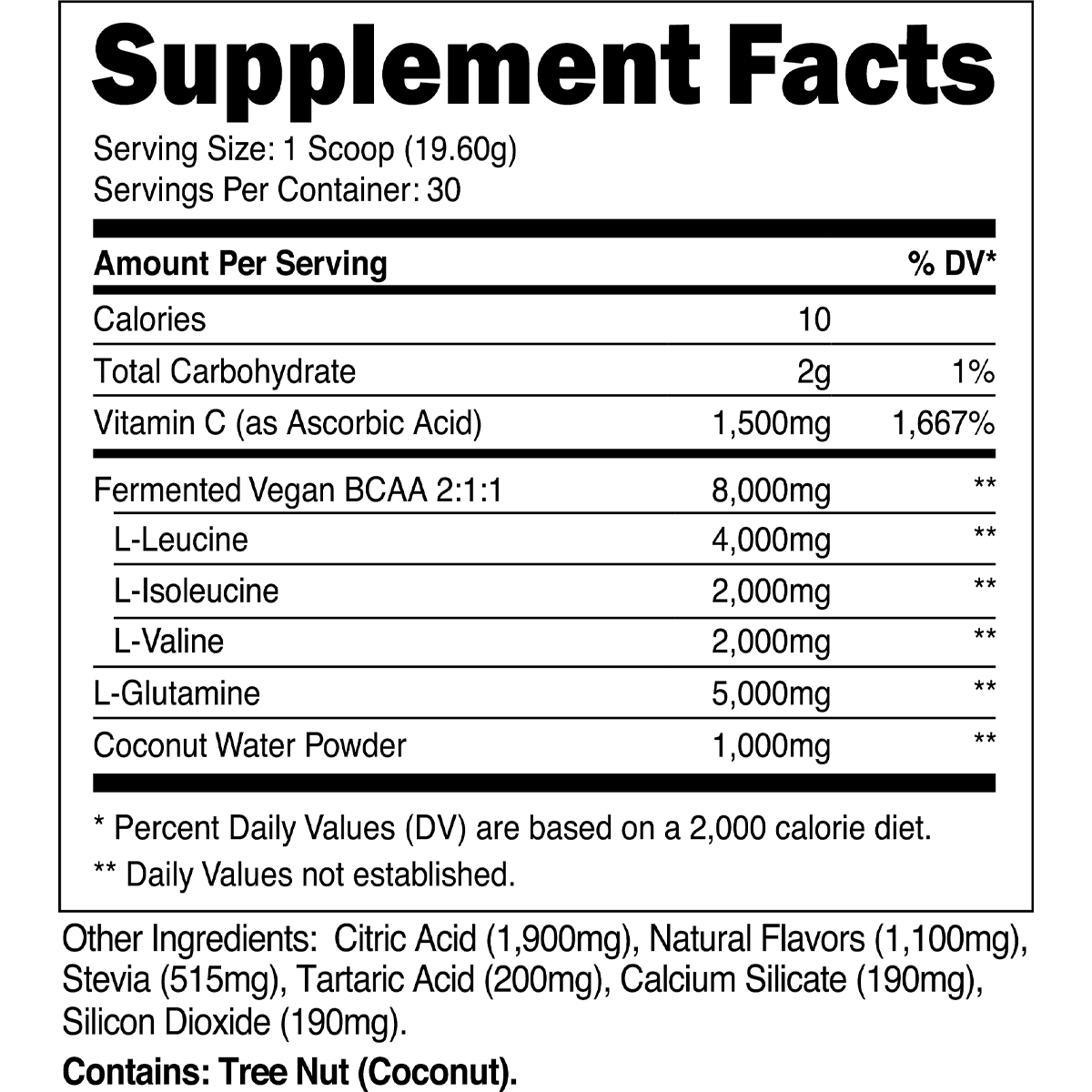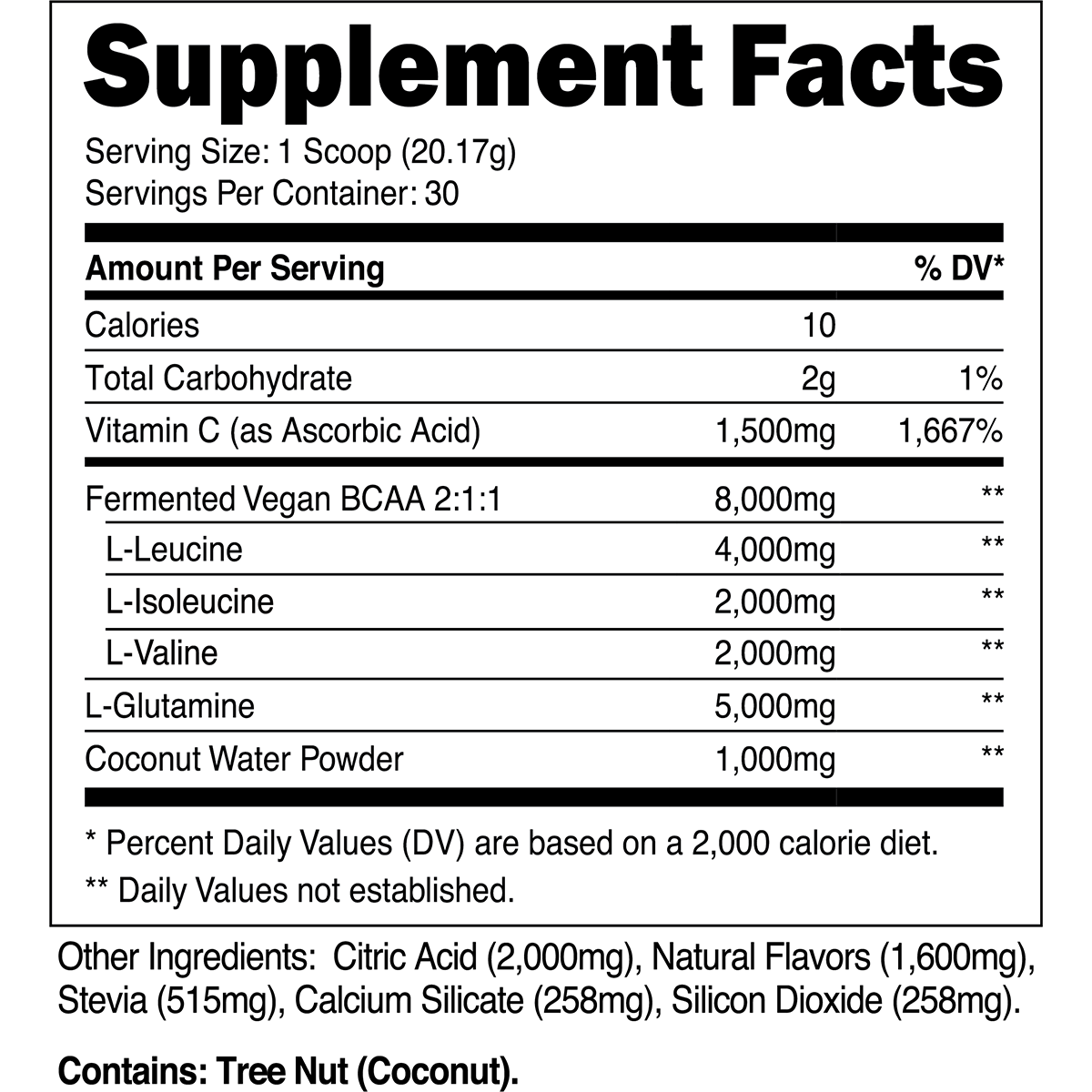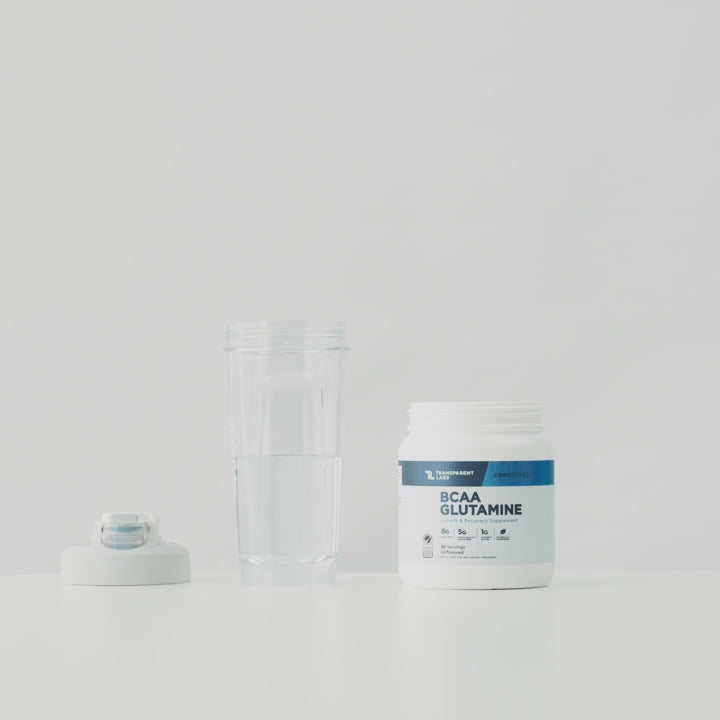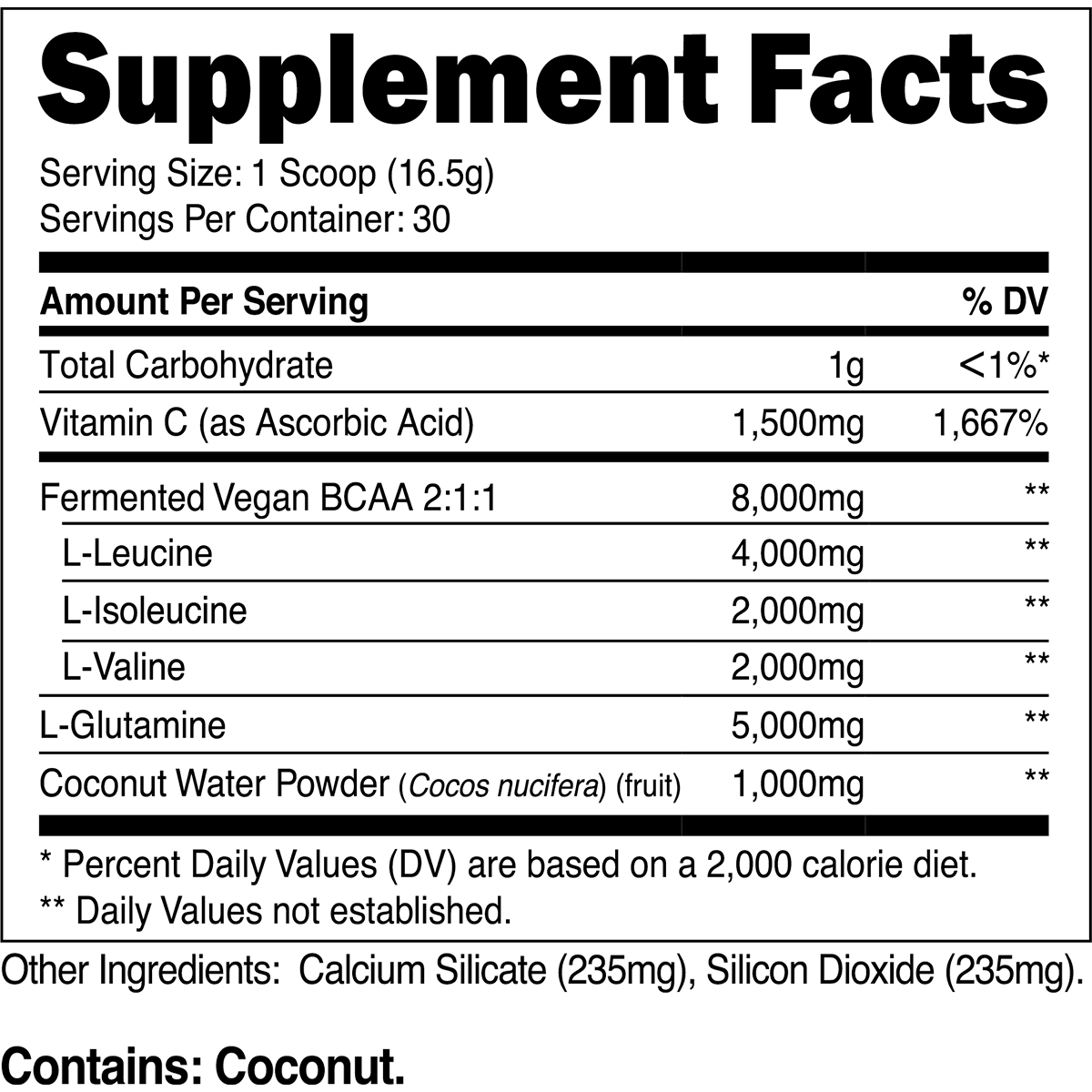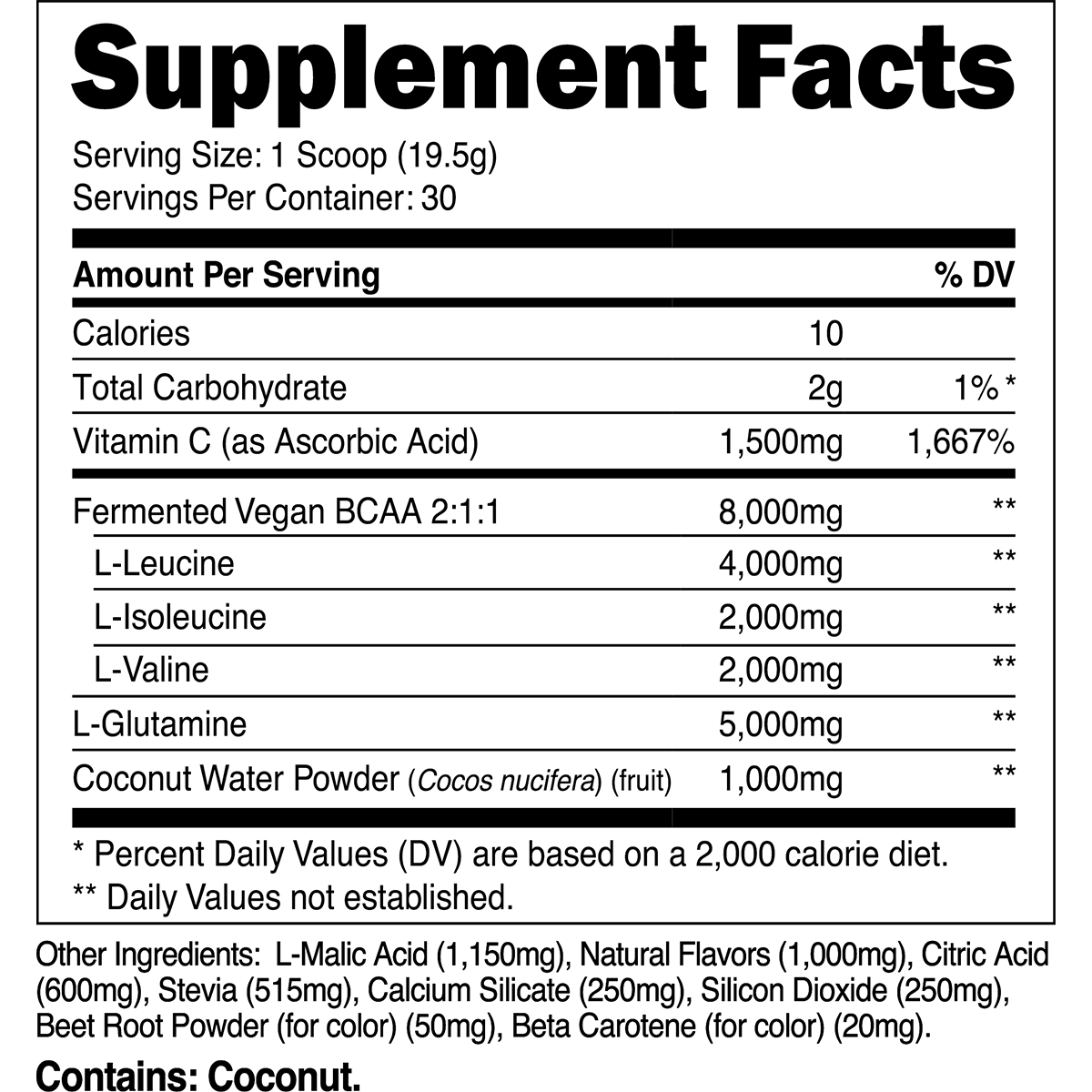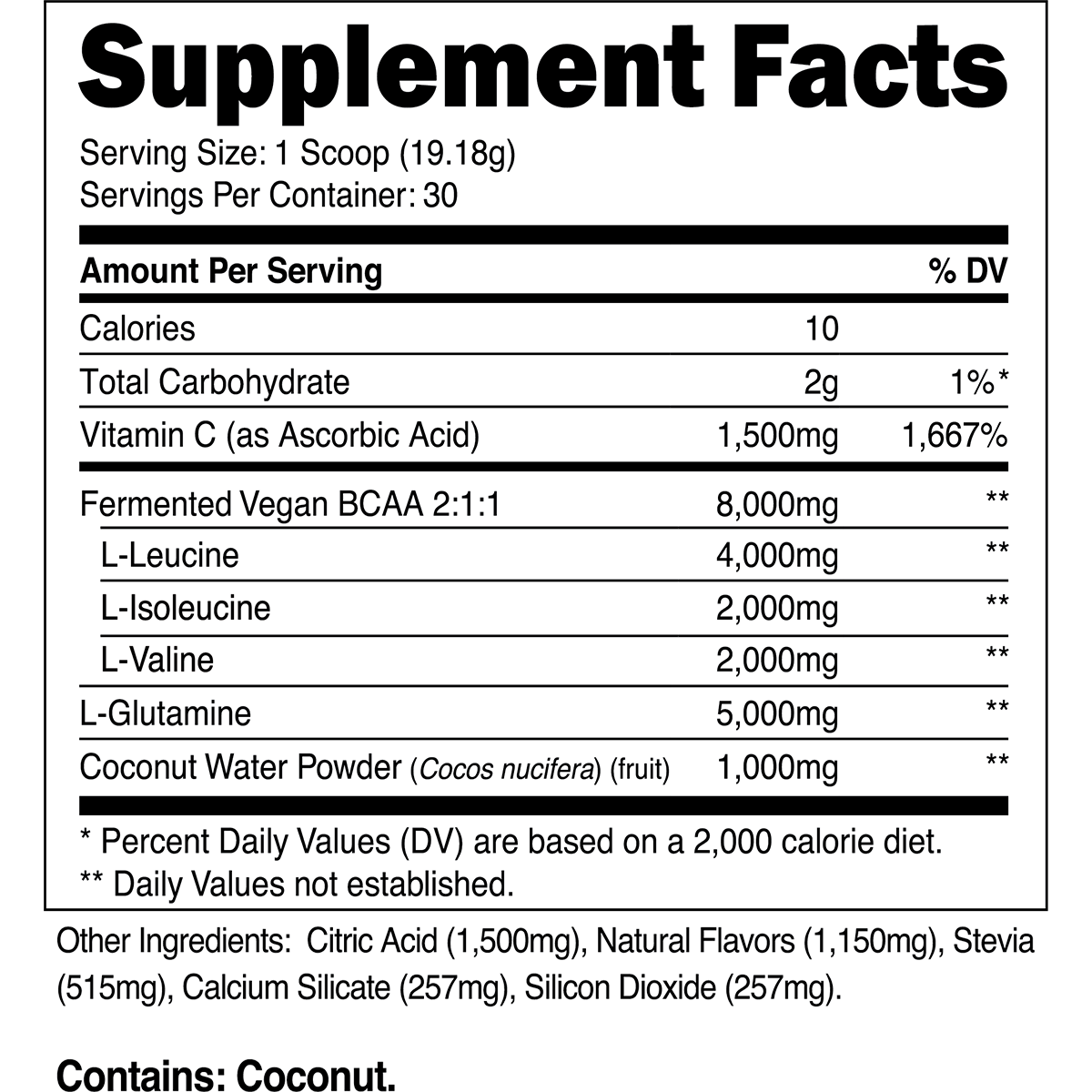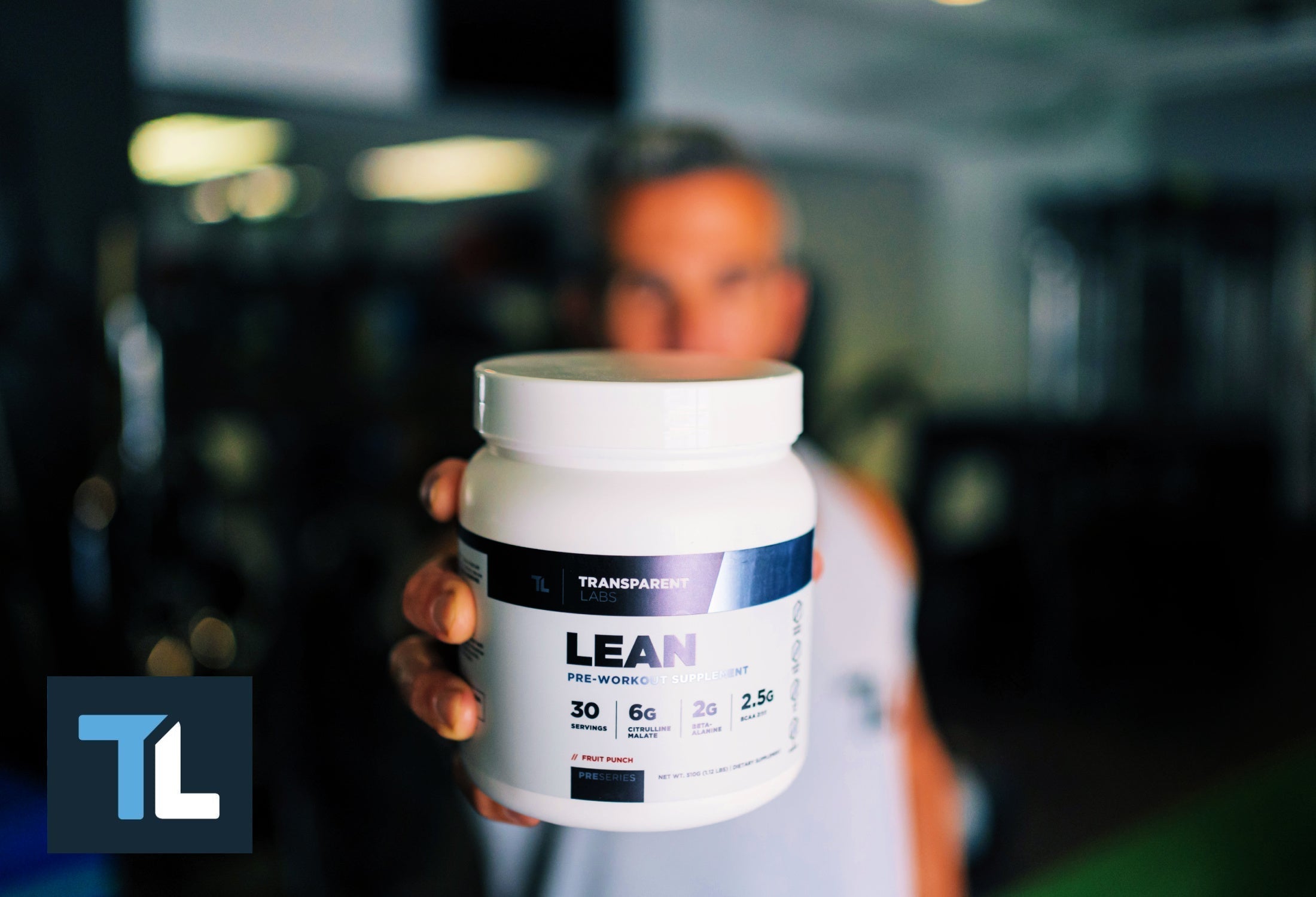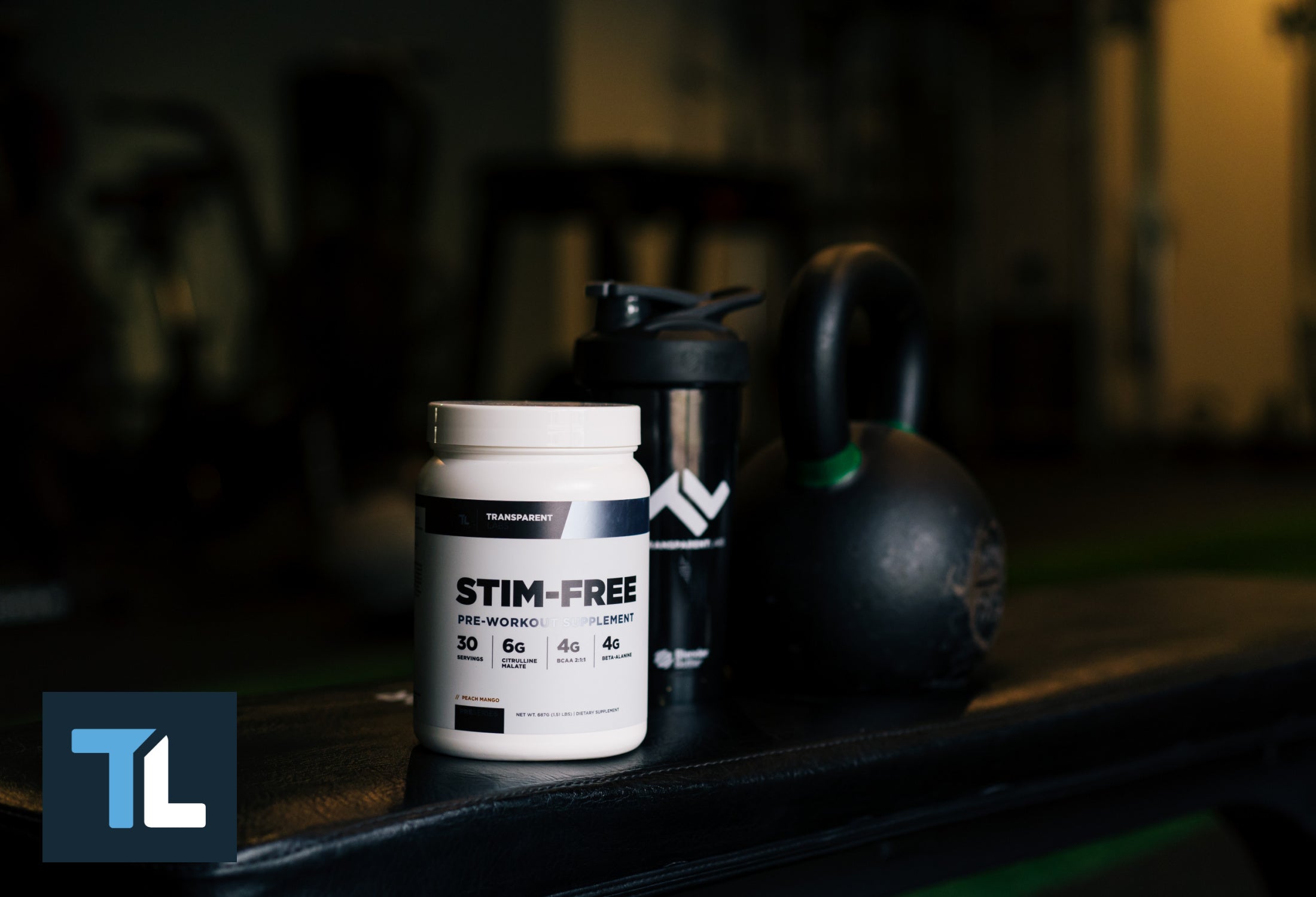If you’re in the weight room struggling through a challenging set and you feel a sharp, sudden pain that’s isolated to one part of your body, you might be tempted to brush it off to the best of your ability and power through the rest of your workout. No pain no gain, right?
Wrong.
Not all muscle pain is the same, and your body’s responses to that pain won’t be identical either. If the sudden presence of pain in the back of your leg is the first sign of a muscle strain, you’ll need to get that diagnosed and treated as quickly as possible. That’s because failing to do so may have long-term repercussions on your ability to exercise at all in the future.
Understanding Muscle Strain
When you first hear about a muscle strain, you may wrongly equate it with the strain a muscle experiences during a challenging round of weight training. In actuality, these are two very different things, and a muscle strain is a specific type of injury that can range from minor to major depending on how much damage has been done to the injured region.
What is a Muscle Strain
The definition of a muscle strain actually extends beyond the muscle itself to also include the tendons that connect the muscles to bones and joints. On the more harmless end of the spectrum, a muscle strain can refer to a pulled muscle, or a pulled tendon. On the more severe end of the spectrum, a strained muscle can refer to torn muscle tissue or a torn tendon.
Where am I Likely to Get a Muscle Strain?
The most common muscle groups for muscle strains to occur in are the lower back and hamstrings. One of the primary reasons for this is because a muscle strain occurs most frequently during explosive physical activity, when there’s an abrupt increase in the amount of tension on the muscle. This can include both sprinting and heavy lifting activities when the muscles are not prepared for the rapid increase in activity.
Because the legs and back are the muscle groups that are most likely to be involved in the sudden jerking or pulling moments requiring the control of a heavy weight, they are the most likely areas for such an injury to occur.
How Can I Tell If I Have a Muscle Strain?
The symptoms of your muscle strain can vary greatly depending on whether you have a mild strain, or a more severe injury. A muscle strain will usually alert you to its presence through pain in the injured area. The pain of most muscle strains will usually get worse when you attempt to move the affected body part.
You can also expect swelling and bruising in the affected area, as white blood cells flood the region to protect it, and cause it to become inflamed. These occurrences can be more or less striking depending on the severity of the injury.
Severe strains to muscle fibers and tendons will frequently be accompanied by a reduction in functionality and range of motion in the affected area. You may also experience muscle spasms, which are involuntary contractions that render the injured tissue inoperable.

Immediate Actions to Take Post-Injury
When you experience a muscle strain — or what you suspect might qualify as a muscle strain — time is of the essence. Fortunately, there is a set of protocols in place for immediately beginning the treatment process.
How to Apply the PRICE Method
The first several steps for initiating muscle strain recovery are encapsulated in a formula known as a PRICE method. In this case, PRICE is an acronym that includes the individual steps of protection, rest, ice, compression, and elevation.
Specifically, you must protect the affected muscles from further injury, then rest the area to limit the work of the damaged tissue. From there, ice should be applied to the area to reduce inflammation. Afterwards, compression should be administered to reduce swelling to the affected area, and then elevation raises the injured area above your heart to limit blood flow and assist with pain relief.
Why is Each Step Important?
If you want to know how to speed up muscle strain recovery, the PRICE method is crucial. Each step in this process assists with a different phase of muscle strain recovery.
As one example, initiating the latter four steps of the healing process is of limited value if you can’t protect the affected muscle from experiencing further injury. On the back end of the PRICE method, it’s of limited use to speed up muscle healing if you can’t also engage in some form of pain management.
In short, carrying out the PRICE method to completion will help your body heal, shorten your recovery time, and reduce pain. Collectively, these steps can immediately benefit your injured muscle while helping to ease your discomfort.
Medical Intervention
If you have the misfortune to suffer a muscle strain, you are advised to solicit the aid of a medical professional. Your ability to diagnose your injury is going to be limited, and medical specialists have the education and technology to provide you with the best possible assistance.
How Healthcare Professionals Help With Muscle Strains
There are several reasons why you should visit a medical professional if you suffer a muscle strain. For starters, a doctor should be able to evaluate the strained muscles and diagnose the severity of your injury. Second, a doctor can also provide pain medication and anti inflammatory drugs to help.
From there, a doctor can determine if your injury is worthy of a recovery process that is guided by a physical therapist with a background in sports medicine, or another specialist with expertise in sports injuries.
When Should You See a Healthcare Professional For Your Muscle Strain?
If you think you have a muscle strain, you should visit a healthcare professional. Lingering pain in the afflicted area, coupled with swelling and a reduction in mobility are usually signs of a muscle strain even if the discomfort is relatively minor.
Even if you haven’t experienced a muscle strain, it is better to be safe than sorry, and a medical professional can provide you with a helpful set of recovery tips even if your injury is less severe than a muscle strain and doesn’t require the full complement of recovery tips.
At-Home Treatments and Remedies
Under most circumstances, the bulk of your muscle recovery efforts will transpire at home, and outside of a physical therapy clinic. As such, you will be responsible for administering most of the treatment involved in your healing process, as you hope to speed up muscle strain rehabilitation efforts.
Alternating Ice and Heat Therapy
If your healthcare provider approves of the procedure, you can alternate the application of heat and ice to the injured region. The ice will lessen the swelling of your injured muscles, while the heat will increase blood flow to the area.
Because of these very different functions, ice and heat should be used with different outcomes in mind. Ice should be applied to prevent additional damage from befalling an already injured muscle. Meanwhile, heat should be used to increase blood flow to the muscle prior to a workout or a physical therapy session.
How to Rest an Injured Muscle
The advised way to rest an injured muscle and accelerate muscle recovery is to cease any activities that cause physical discomfort, which will usually be registered as pain or swelling. In the beginning, this will more than likely require you to forego any workout sessions that aren’t part of a guided physical therapy regimen.
In most scenarios, rest is a critical aspect of pain management, inasmuch as you will be advised to rest the muscle until the pain subsides, or there is no longer pain associated with small movements. Taking advantage of opportunities to achieve adequate rest will accelerate muscle recovery and help you progress to the more active stages of physical therapy.
How Compression Techniques Help to Relieve Muscle Strains
You can also begin wrapping your injured area to reduce the swelling caused by a muscle strain. To do this effectively, you are advised to use an elastic bandage to apply steady pressure to the afflicted area. Timely use of compression has been demonstrated to decrease the perception of pain and reduce the loss of motion following soft-tissue injuries. (1)
How Physiotherapy Accelerates Muscle Strain Recovery
If you are engaging with a physical therapist because you have a pulled or a strained muscle, the assigned role of that physical therapist will be to help you speed up muscle recovery through a variety of techniques.
When a muscle strain occurs, the first actions of your physical therapist will probably be related to helping you with alleviating pain, and helping you reduce swelling in the injured tissue. Once pain and swelling are no longer as severe, your physical therapist is likely to devote more effort to helping you regain strength and flexibility in the injured region. This is usually handled through structured muscle recovery sessions that require you to move your muscles in ways that slowly help them regain their functionality.
Lifestyle Adjustments to Aid Recovery
Aside from your willingness to administer self-care, there are other ways that you can shorten your muscle strain recuperation period. Aside from rest, these lifestyle adjustments will be heavily focused on the foods and chemicals that you voluntarily put into your body.
Nutritional Tips for Speeding Up Recovery
Proteins are composed of amino acids, which are the building blocks of muscle tissue. In much the same manner that protein repairs the microtears in your muscles caused by strenuous exercise, protein has been proven in studies to repair muscle damage at your injury site, helping you recover faster in the process. (2)
Therefore, consuming a lot of protein rich foods is an advisable course of action when you experience any muscle injury, including a pulled muscle or a muscle strain. Eating high protein foods will shorten your recovery time, so you should seek to up your protein intake in the aftermath of a muscle strain.
Aside from high protein foods, it would also be wise for you to seek out sources of vitamin C. In addition to its immunity-enhancing capabilities, vitamin C is a potent antioxidant that can mitigate the damage to a muscle strain by combating free radicals. Vitamin C has also been proven in studies to accelerate recovery from a wide range of injuries. (3) If you don’t want to take a vitamin C supplement, you should eat plenty of fruits and vegetables, and especially citrus fruits.
How Smoking and Alcohol Slow Recovery
If you typically engage in smoking or the consumption of alcohol, both behaviors have the potential to recover rapidly from a muscle strain. Smoking has been known to reduce the flow of blood to muscles, which is required to speed up muscle strain healing. Alcohol can increase pain as a response to its tendency to boost inflammation, and its general response to interfering with muscle function. Discontinuing either one of these behaviors, or both of them, can help you recover faster from a muscle strain.

Preventive Measures
The wisest approach to muscle strain recovery is to avoid an injured muscle altogether. Thankfully, muscle strains are completely avoidable if you keep just a few tips in mind.
How to Avoid Muscle Strains Altogether
The two most effective means of preventing muscle strain are warming up your muscles prior to exercise — and especially prior to resistance exercises requiring the control of heavy weights — and also maintaining proper form throughout load-bearing exercises.
Warming up the muscles results in increased blood flow to the muscles being worked before more challenging weights are hoisted, which would be more likely to result in pulled muscles, or worse.
Meanwhile, exercising with proper form can reduce the likelihood of you suffering a sports injury by teaching your body to recruit muscles in the right pattern that will keep your most vulnerable areas protected.
How to Properly Warm Up and Cool Down
There are several strategies for warming up prior to exercise, and they can depend upon the specific type of exercise you intend to engage in. In general, warming up involves low impact exercise that gets your blood flowing, and it can take different forms.
For example, prior to a high intensity interval training session that includes sprinting, an adequate warm-up session might involve five minutes of light jogging to improve blood flow, primarily to your legs, before you start sprinting.
If you are going to be lifting weights or pursuing other forms of resistance training, a safe closed-chain exercise like push-ups, bodyweight squats, or bodyweight lunges can reduce muscle stiffness, improve circulation, and prevent future injury.
How to Maintain Good Posture and Use Proper Technique
If you engage in resistance workouts for the sake of either gaining muscle mass or preventing muscle loss, you are advised to remain within the precise range of motion of each strength training exercise you include in your workout.
Forcing your most powerful muscle groups — like your legs or back — to suddenly overcompensate for the weaknesses of other muscles is one of the most common ways for a muscle injury to occur.
To spare yourself from ever having to undergo the muscle strain recovery process, use the prescribed form to lift manageable weights that you can control. This will enable you to avoid placing too much pressure on portions of your body that aren’t intended to perform the work of the movement.
Shorten the Strain
If you act with intention, you can shorten the time it takes to rehabilitate a muscle strain by weeks, and possibly even months. Just make sure you get the injury diagnosed quickly, apply the recovery tips suggested by your healthcare provider, and eat foods that accelerate the creation of fresh muscle tissue. This will get your muscles back to full functionality, and allow you to resume the process of challenging the integrity of your muscles in a healthy way.
References:
-
Kraemer WJ, Bush JA, Wickham RB, Denegar CR, Gómez AL, Gotshalk LA, Duncan ND, Volek JS, Putukian M, Sebastianelli WJ. Influence of compression therapy on symptoms following soft tissue injury from maximal eccentric exercise. J Orthop Sports Phys Ther. 2001 Jun;31(6):282-90. doi: 10.2519/jospt.2001.31.6.282. PMID: 11411623.
-
Papadopoulou SK. Rehabilitation Nutrition for Injury Recovery of Athletes: The Role of Macronutrient Intake. Nutrients. 2020 Aug 14;12(8):2449. doi: 10.3390/nu12082449. PMID: 32824034; PMCID: PMC7468744.
-
Ringsdorf WM Jr, Cheraskin E. Vitamin C and human wound healing. Oral Surg Oral Med Oral Pathol. 1982 Mar;53(3):231-6. doi: 10.1016/0030-4220(82)90295-x. PMID: 7038579

